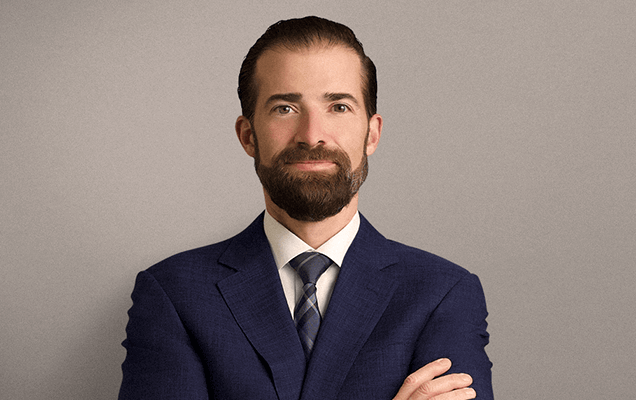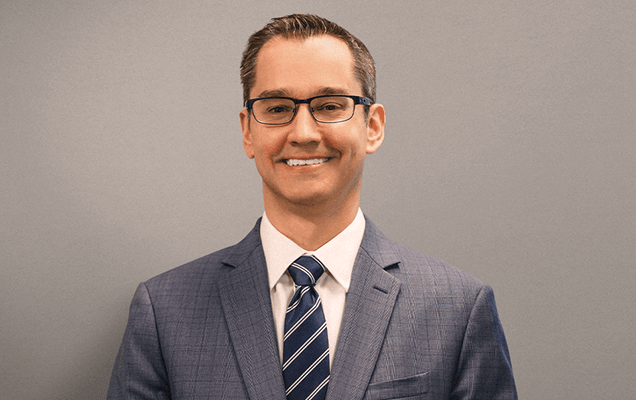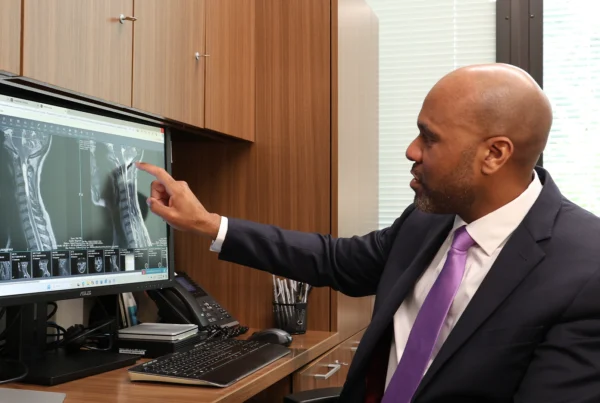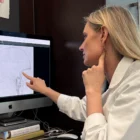Trigeminal neuralgia has two forms: trigeminal neuralgia (TN1) and atypical trigeminal neuralgia (TN2). While they both manifest with slightly different symptoms and frequency, if you’ve been diagnosed with either, you already know how debilitating they can be. Recognizing the difference between the two can help you better understand and decide on the course of treatment that’s right for you.
What Is Trigeminal Neuralgia?
Trigeminal neuralgia (TN1) is a malfunctioning of the trigeminal nerve. The trigeminal nerve is one of the five cranial nerves and provides much of the sensation to the cheeks, temples and jawline. When the trigeminal nerve is malfunctioning due to an injury or defect, it causes excruciating symptoms. Classical trigeminal neuralgia is typically caused by an impingement of the trigeminal nerve from a blood vessel.
TN1 Symptoms
TN1 symptoms can vary from person to person, but most sufferers report that it feels as though there is a stabbing or electric shock-like pain that can occur without warning. These episodes can last just seconds or for prolonged periods. Symptoms can be triggered by talking, brushing teeth, chewing or even just touching a “trigger point” on your face while shaving or applying makeup.
Diagnosing TN1
Diagnosing TN1 can be tricky, but a good neurologist should be able to recognize the signs quickly, even if your general practitioner is stumped. The doctor will consider:
- Description of pain
- Triggers that cause facial pain
- Location of pain
You will undergo a neurologic assessment in which your doctor will touch and examine different areas of your face to pinpoint where the pain stems from.
In addition to these diagnostic means, you will also be referred for an MRI of your head and upper neck, which will allow them to determine whether your trigeminal neuralgia is due to the effects of multiple sclerosis or a tumor pressing against the trigeminal nerve.
Once a diagnosis has been made and the cause of your TN1 determined, a treatment plan can be formulated.
Taking a Look at TN2
The difference between trigeminal neuralgia and atypical trigeminal neuralgia can be tricky to distinguish at first glance.
TN2 Symptoms
There are several shared similarities between TN1 and TN2. What sets TN2 apart is the nature of the pain. Many sufferers may not experience overwhelming jolts of pain that can last hours, but they do experience what they describe as a constant burning or aching sensation that lasts for prolonged periods and encompasses a wider area of the face.
Diagnosing TN2
It can be more difficult to diagnose TN2, as it mimics the symptoms of many other conditions. Neurologists will use the same reference points as those listed above for TN1 but may also need to delve a little deeper.
TN2 is often associated with a lesion or tumor; the degenerative effects of multiple sclerosis can lead to this condition. As with TN1, an MRI can show if there is a lesion on or near the trigeminal nerve or other damage that may be causing the symptoms.
Are you out of options
to eliminate your pain?
Treatment Options for TN1 and TN2
Although both types of trigeminal neuralgia originate at the trigeminal nerve, they usually require different treatments for sufferers to achieve some level of relief. Your doctor can help you determine which treatment is best for your condition.
TN1 Treatment
Medical Management
Medical management of TN1 is usually the first thing that will be tried to alleviate the associated symptoms. The anticonvulsant medications carbamazepine and oxcarbazepine have proven to be the most effective.
Microvascular Decompression
Microvascular decompression is the first non-pharmaceutical consideration when TN1 is related to nerve impingement from a blood vessel. It is a procedure in which the surgeon places tiny Teflon pads between the nerve and artery or vein, creating a buffer that keeps the impact of the blood vessel from irritating the nerve and causing it to malfunction. Recovery from MVD is not particularly long in comparison to most intracranial surgeries. Most people resume their normal activities after eight weeks.
Gamma Knife Radiosurgery
Gamma Knife Radiosurgery is the next option if a patient isn’t a good candidate for MVD. This completely non-invasive treatment involves the use of tiny beams of radiation focused on a small area. It is especially helpful in cases in which the patient cannot withstand general anesthesia. Recovery from Gamma Knife Radiosurgery is fairly short compared to other treatments. Most people are back to their normal routines in about a week.
Pain Stimulator Placement
Pain Stimulator Placement is another option for those suffering from TN1. In some cases, your neurosurgeon may recommend it over other treatments. Pain stimulators involve threading electrodes under the skin and to the trigeminal nerve. The tiny pulses of energy they put forth interrupt the malfunctioning impulses created by the trigeminal nerve, essentially stopping them in their tracks. Recovery from this minimally invasive procedure is short. Most people are back to their normal routines within a few days.
TN2 Treatments
Medical Management
Medications are often the first treatment for TN2. It can respond to carbamazepine or oxcarbazepine, but not usually as well. Opioids do work in some cases, but cannot be used long term due to their addictive nature.
Gamma Knife Radiosurgery
If your TN2 stems from a lesion, treatments such as Gamma Knife Radiosurgery may be effective.
Percutaneous Rhizotomy
Another option is percutaneous rhizotomy. This involves a probe with an electrode being placed against the damaged area of the nerve, delivering a current that will “kill” the offending part of the nerve to alleviate symptoms.
Regardless of which type of trigeminal neuralgia you are dealing with, you have many options to eliminate the symptoms and get your life back on track.

About Dr. Anthony D'Ambrosio
Dr. Anthony D'Ambrosio is an accomplished neurosurgeon in North Jersey and a proud member of Neurosurgeons of New Jersey practicing primarily out of their Ridgewood office conveniently located on East Ridgewood Avenue. Dr. D’Ambrosio focuses his clinical practice on brain tumors, nervous system disorders, and facial pain disorders. He has expertise in a variety of complex surgical and radiosurgical techniques as well as minimally invasive procedures intended to successfully treat complex diseases of the brain. These techniques include micro-neurosurgery, microvascular decompression surgery and Gamma Knife radiosurgery. He's authored over 25 peer-reviewed journals and is the recipient of many awards.

About Dr. William S. Cobb
Dr. William Cobb is an accomplished neurosurgeon in North Jersey and a proud member of Neurosurgeons of New Jersey, practicing out of their Ridgewood office conveniently located on East Ridgewood Avenue. During his Neurological Surgery residency, he became passionate about the development and treatment of brain tumors affecting the brain and spine. Dr. Cobb uses state-of-the-art technology for surgical intervention in the treatment of tumors of the brain and spine including Gamma Knife radiosurgery. He has vast experience in using modern minimally invasive surgery for the treatment of degenerative spine and intervertebral disc disease. Dr. Cobb serves as the Director of Neurosurgical Oncology at Valley Hospital. He's accepting new patients.






